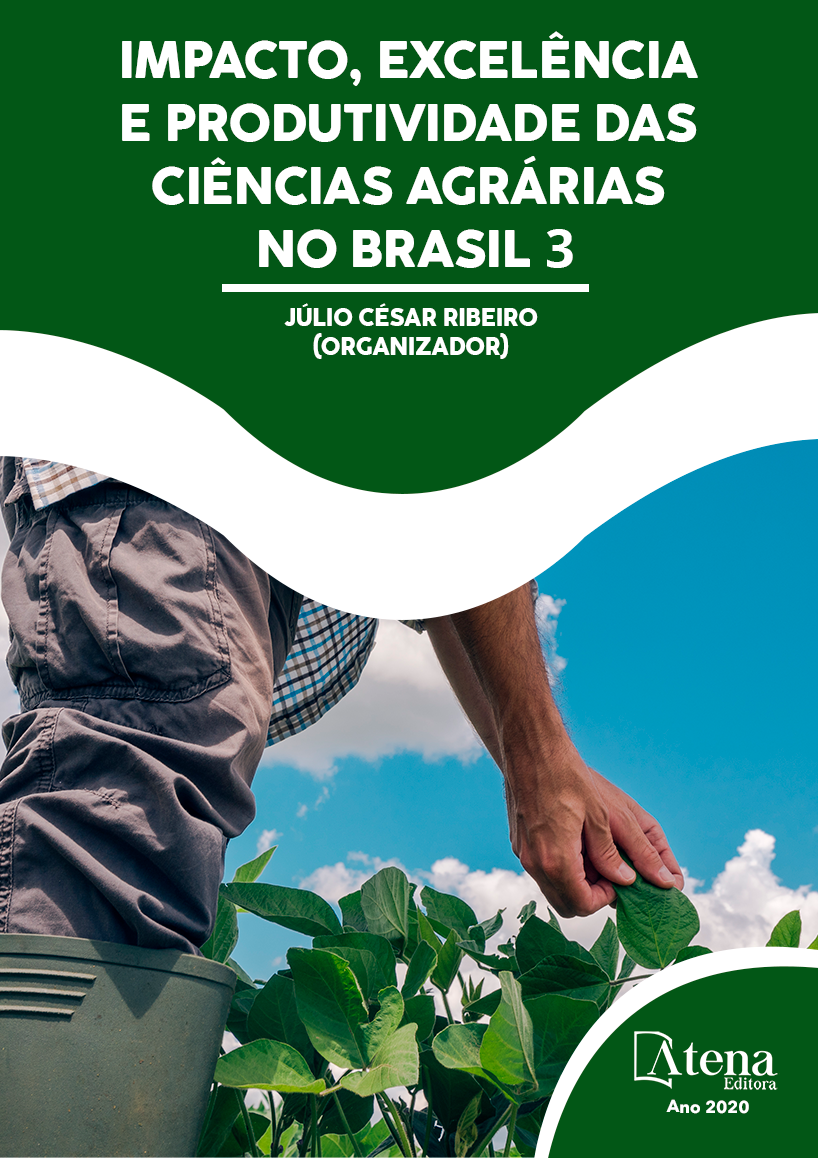
INFLUÊNCIA DO MATERIAL DE ORIGEM NA TEXTURA E FERTILIDADE NATURAL DE SOLOS DO CERRADO
RESUMO: Tendo em vista o potencial de produção e a extensão de área que ocupam os Latossolos, Planossolos e Argissolos no estado de Mato Grosso do Sul, é de grande interesse em estabelecer sistemas de manejo que não modifiquem o solo de forma a comprometer sua sustentabilidade. Neste sentido, objetivou-se com este estudo avaliar os atributos químicos e granulométricos de três classes de solo, em ambiente de vegetação nativa de cerrado, e avaliar possíveis interações entre as variáveis e classes de solo por meio da análise de componentes principais. As amostragens foram realizadas com o auxílio de trado holandês, em duas profundidades, camada superficial de 0,00-0,20 m e subsuperficial de 0,20-0,40 m. As determinações laboratoriais foram realizadas segundo os procedimentos descritos no manual de métodos de análise de solos da Empresa Brasileira de Pesquisa Agropecuária. Os resultados mostraram dois grupos texturais para os solos analisados, sendo o Latossolo Vermelho de textura muito argilosa e os solos Planossolo Háplico e Argissolo Vermelho-Amarelo de textura arenosa. A areia foi a principal variável, responsável pela separação dos solos Planossolo Háplico e Argissolo Vermelho-Amarelo do solo Latossolo Vermelho na análise de componentes principais. A discriminação do solo Planossolo Háplico se deu principalmente em função dos teores de ferro, superiores aos demais solos analisados, já o solo Argissolo Vermelho-Amarelo teve como principal característica discriminante o teor de alumínio trocável especialmente na subsuperfície, duas vezes em média superior aos demais solos estudados. Com base apenas nas variáveis analisadas o solo Latossolo Vermelho apresenta maior fertilidade natural seguido pelo Planossolo Háplico e Argissolo Vermelho-Amarelo.
INFLUÊNCIA DO MATERIAL DE ORIGEM NA TEXTURA E FERTILIDADE NATURAL DE SOLOS DO CERRADO
-
DOI: 10.22533/at.ed.4902021051
-
Palavras-chave: textura do solo, nutrientes, análise multivariada.
-
Keywords: soil texture, nutrients, multivariate analysis.
-
Abstract:
ABSTRACT: Given the production potential and the extent of the area occupied by Ferralsol, Planosol and Acrisol in the state of Mato Grosso do Sul, it is of great interest to establish management systems that do not modify the soil in order to compromise its sustainability. In this sense, the objective of this study was to evaluate the chemical and particle size attributes of three soil classes, in an environment of native Cerrado vegetation, and to evaluate possible interactions between variables and soil classes through principal component analysis. Samples were taken with the aid of Dutch auger at two depths, surface layer of 0.00-0.20 and subsurface of 0.20-0.40 m. Laboratory determinations were performed according to the procedures described in the soil analysis methods manual of the Brazilian Agricultural Research Corporation. The results showed two textural groups for the analyzed soils: the Red Ferralsol of very clayey texture and the Soil Planosol and Red-Yellow Acrisol of sandy texture. Sand was the main variable responsible for the separation of the Planosol and Red-Yellow Acrisol soils from the Red Ferralsol soil in the principal component analysis. The discrimination of the Planosol soil was mainly due to the iron content, higher than the other soils analyzed, whereas the Red-Yellow Acrisol soil had as its main discriminating characteristic the exchangeable aluminum content especially in the subsurface, twice higher than the others studied soils. Based only on the analyzed variables, the Red Ferralsol soil has higher natural fertility followed by the Planosol and Red-Yellow Acrisol.
-
Número de páginas: 14
- Cleidimar João Cassol


